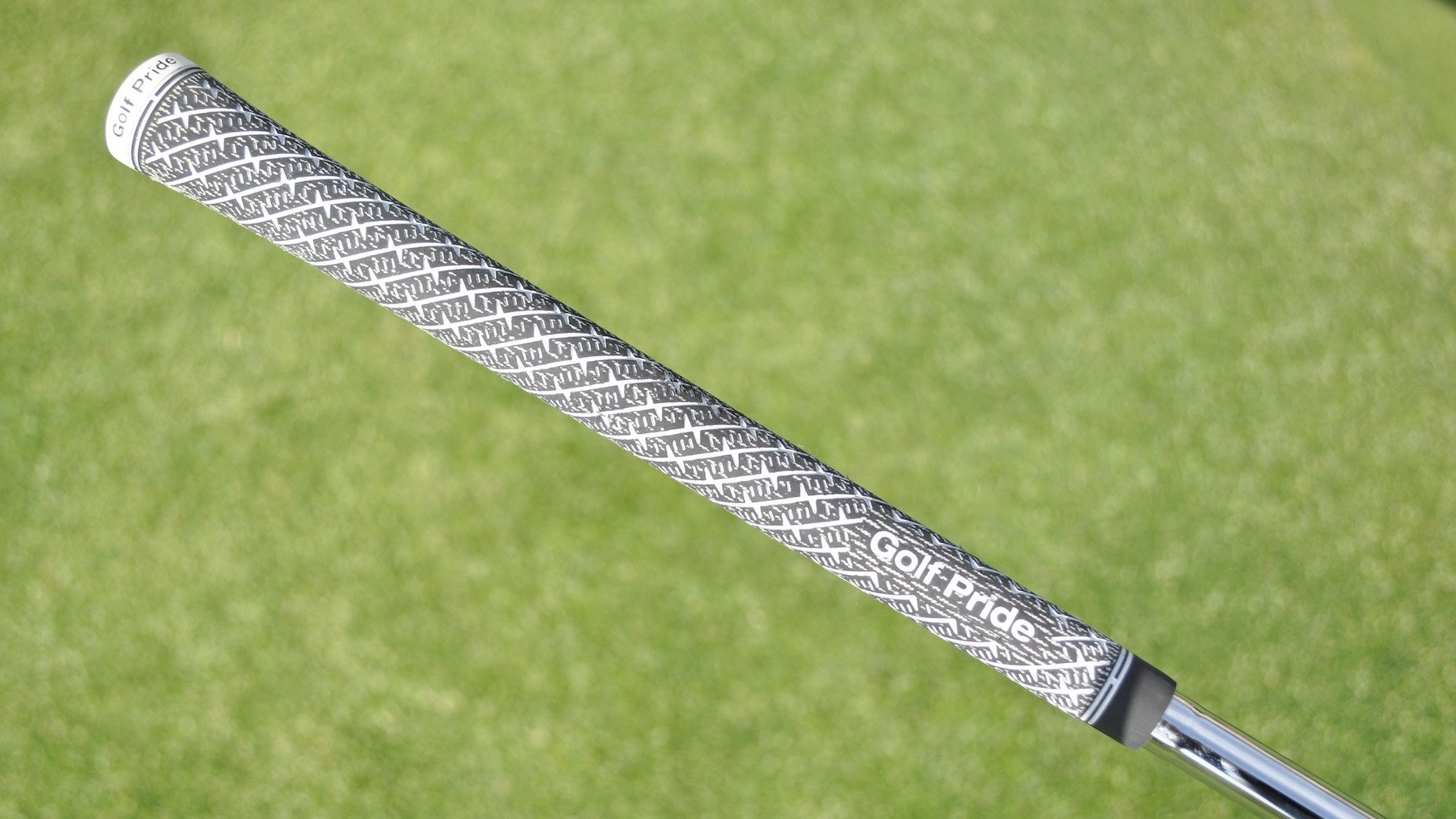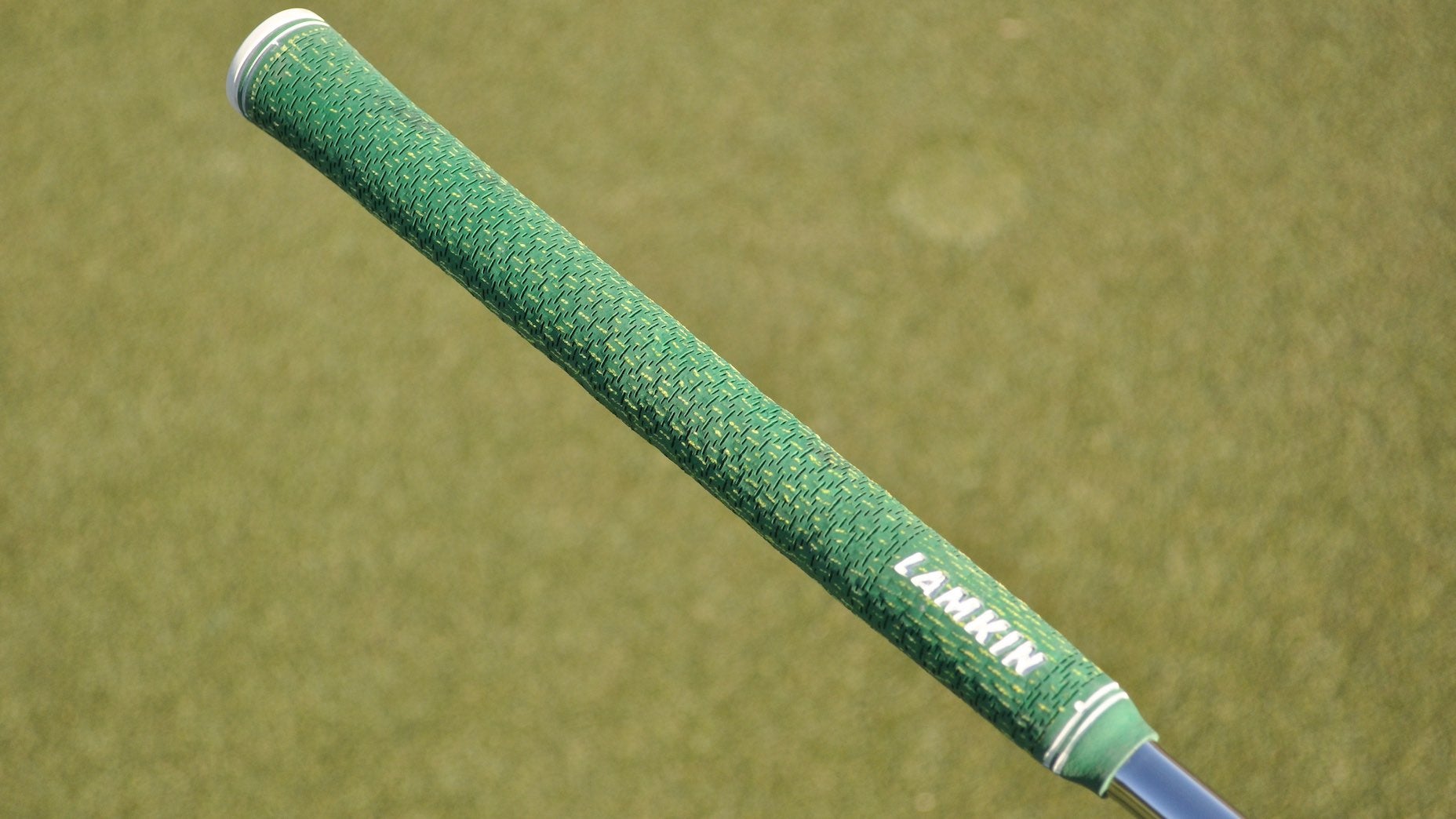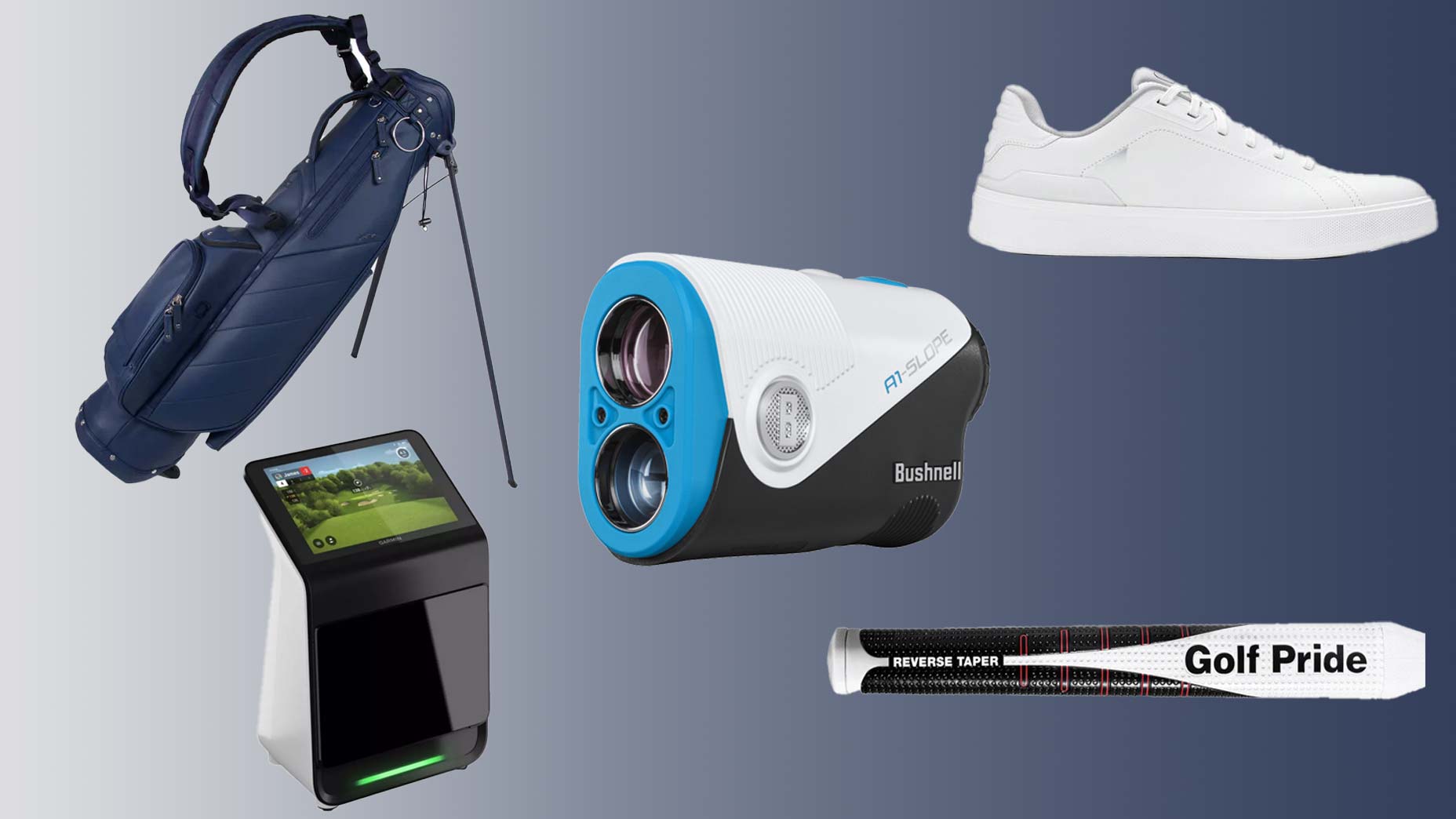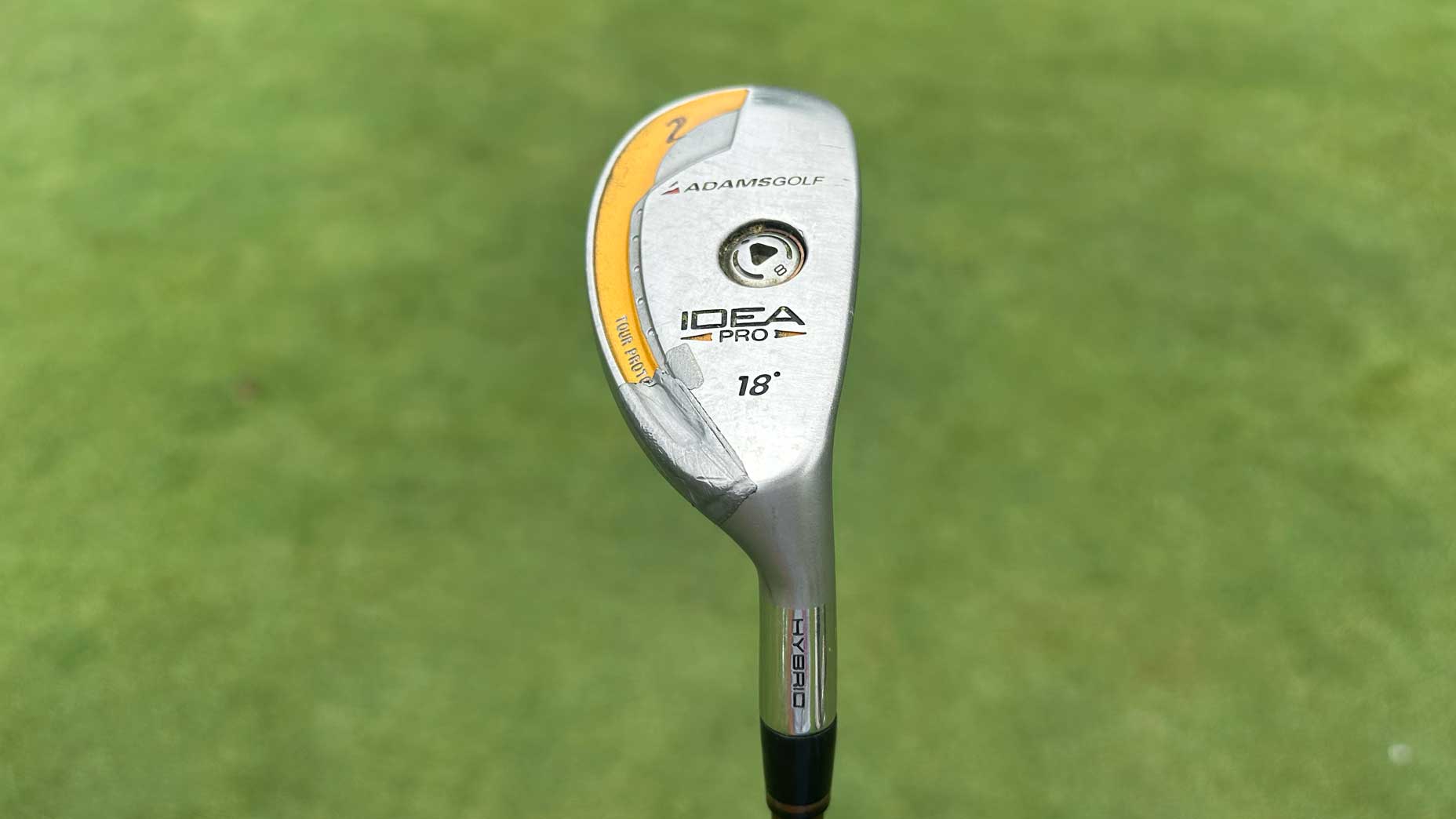The gear crew at GOLF.com spends a lot of time at Tour events snapping photographs of the tools used by the best players in the world. Posting club images online without context works at times, but it doesn’t help the weekend golfer understand the why behind a pro’s setup. In this GOLF.com series, equipment editors Jonathan Wall and Ryan Barath answer those questions by highlighting interesting clubs in players’ bags, unique weighting, loft sleeve settings and more. Welcome to “Bag Spy.”
Not all grips are created equal. With new designs and sizes entering the marketplace, accepting the stock grip offering on a new club is no longer necessary. Pros know this better than most. Over the last few weeks, GOLF’s gear team has analyzed the grip builds of the best players in the world — down to the number of tape wraps situated underneath the handle.
Below are some insights we gleaned from our recent Tour grip analysis.
All about feel
It takes a lot to surprise our gear crew, but even GOLF’s senior equipment editor Ryan Barath was stunned to so many of one particular grip represented on Tour.
“There were more midsize [grips] than I expected,” said Barath. “It goes to show players are looking for different feels.”
In most cases, a rubber midsize grip without cord will have a softer feel, mostly due to the additional material being used to increase the overall diameter. But not everyone wants to play a grip with a softer feel. Tony Finau is a good example of a pro who prefers a midsize grip with a firmer feel.
To increase the overall firmness of the grip, Ping reps add 13 tape wraps under the bottom hand and 12 wraps under the top. The wraps stretch the rubber to give it a rigid feel.

A firmer feel can also be achieved without using tape wraps. As Barath noted, Will Zalatoris’ Golf Pride Z Cord 58R standard grip features one tape wrap, which isn’t much compared to Finau’s gargantuan build. However, the 0.580″ core grip is affixed to a shaft that’s 0.600″, making the final grip size .020″ larger. This makes Zalatoris’ Z Cord play like a standard grip with two wraps of tape for a slightly firmer feel.
The big takeaway on feel is you don’t have to be satisfied with how a particular grip feels straight out of the box. If you like the design but need some firmness, consider adding tape wraps or going to a different shaft diameter like the pros to achieve the perfect thickness.
“There aren’t many players using one wrap,” Barath continued. “They are out there, but there’s a lot more using midsize than I thought.”
Speaking of midsize
Without getting too far into the weeds, the overall grip build can also determine shot shape. And when you’re talking about the best players in the world, most are trying to mitigate the possibility of a snap-hook. The fade remains the go-to shot shape for plenty of pros, which requires the golfer to keep the face slightly open at impact.
For golfers who already possess a slow “rate of closure,” getting the face back to a slightly open position when club meets ball doesn’t seem nearly as daunting compared to someone with a faster rate of closure. For pros with elite hand-eye coordination, it’s possible. But for the average weekend golfer? The degree of difficulty increases.

“Golfers swing on an arc,” said Fully Equipped co-host Gene Parente. “The clubface starts open, ideally gets square at impact and then closes as it goes through. That is defined as closure. Closure is measured in degrees per second. A faster closure rate is going to require you to be that much better at timing your hands and face up at impact versus someone with a slower closure rate. You have to have hand-eye coordination to square that club.”
If you’re on the faster side, grips remain a great way to mitigate closure. It’s partly why a good chunk of pros play a midsize offering or a standard build with additional wraps. The bigger the grip size, the less you’re going to rotate the hands through the zone.
On the flip side, a smaller grip is going to make it easier to engage the hands and get the club to turn over at impact, inducing a draw shape. Pros live and die by their go-to shot shape and being able to eliminate the big miss. A good grip build can’t solve every problem, but it can certainly get you moving in the right direction.
Top of the heap
What do Akshay Bahatia, Tony Finau, Jordan Spieth and Bubba Watson have in common? They were the only pros we analyzed who employed a non-Golf Pride grip. It further reinforces Golf Pride’s claim as the “No. 1 grip on Tour.”
The Tour Velvet and New Decade Multicompound remain the most popular Tour options, but even the best players in the world are going beyond the standard versions.

Golf Pride MCC Plus4 Grip
View Product
Sam Burns, for example, uses a Tour Velvet Align with a built-in raised ridge designed to improve clubface awareness. Cameron Young has the same Align ridge on his Tour Velvet grips. Think of it as a smart spin on a tried-and-true classic.
Grip usage on Tour doesn’t mean you have to play a particular model, but if the best golfers on the planet see value in playing a particular handle without compensation, then it might be worth considering testing one of Golf Pride’s many offerings.
Want to overhaul your bag for 2024? Find a True Spec fitting location near you.









